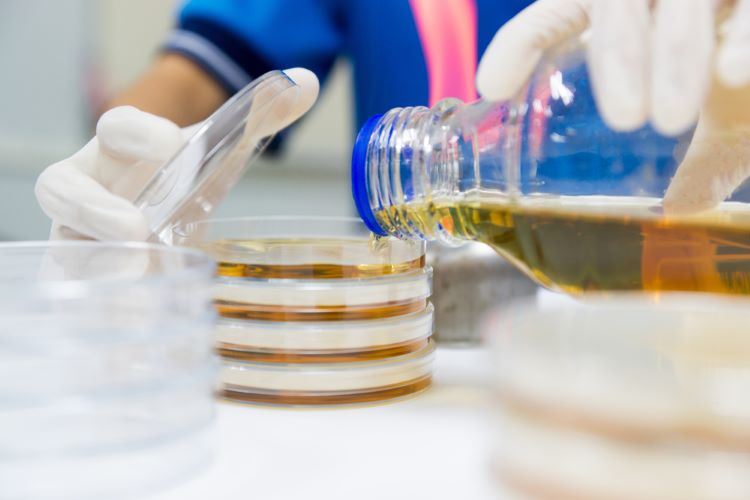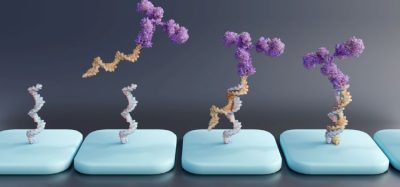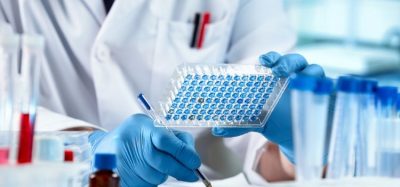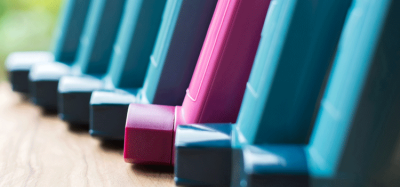Could reducing agar concentration enhance microbial growth?
Posted: 4 April 2023 | Catherine Eckford (European Pharmaceutical Review) | No comments yet
Improvements to the pour plate method during rapid microbial assessment could facilitate automation of the technique, according to research.


The pour plate method is used for microbiological control of pharmaceutical products and enumeration of microorganisms with low microbiological limits. Separating the agar from the other components of commonly used media during sterilisation and reducing the agar concentration to 10g/L can enhance microbial growth, a study has shown.
Technological advances have allowed the development of rapid analytical techniques such as PCR or enzyme-linked immunosorbent assay (ELISA). However, in rapid microbiological methods (RMM), microbiological quality control is still based on culture methods and the isolation of microorganisms.
For instance, a disadvantage of the pour plate method is that it is time- and material-consuming and susceptible to human error. This can compromise the accuracy of the enumeration. For example, a disadvantage of this method is that it requires melting the culture medium before seeding.
Considering solutions, the study authors stated that an effective way of facilitating routine laboratory work is automation. According to the Terrones-Fernandez et al., introduction of the automated spiral pour method represented an important milestone for the routine microbiology laboratory, allowing significant savings of time and materials.
Improving the pour plate method
Results of the novel protocol
The new protocol was assessed in media frequently used in microbiological quality control: tryptic soy agar (TSA), Sabouraud 4 percent dextrose agar (SDA), and violet red bile glucose agar (VRBG).
In the research, the tested modifications were the separation of agar from the other medium ingredients during sterilisation and reducing the content of agar.
Compared to conventionally produced media, the modifications significantly improved the growth of Saccharomyces cerevisiae in SDA, Staphylococcus aureus, Salmonella enterica subsp. enterica serovar Typhimurium, and Candida albicans in TSA and Escherichia coli ATCC 8739 and ATCC 25922 and S. Typhimurium in VRBG.
Regarding physicochemical properties, a significantly lower pH was observed in TSA and VRBG and lower strength values in TSA.
Component separation during autoclaving and the use of lower agar concentrations could therefore lay the foundation for automation.”
Separation of agar from the other ingredients during autoclaving has been shown to enhance the growth of certain microorganisms, the research noted.
The findings indicated that a single suspension of molten agar can be used to prepare the different media, thus reducing the material required and staff workload. Component separation during autoclaving and the use of lower agar concentrations could therefore lay the foundation for automation.
Facilitating automation
The authors proposed that a flexible modular system could be designed. Suggested features were automatic control of temperature and fluid dynamics properties for pouring, sample mixing, dilution, and sterile plate incubation management.
Benefits of the automation include a reduction of involuntary errors, ensuring dosing without bubbles, homogeneity and correct mixing of fluids of different density. In addition, less human intervention would help to provide an environment without cross contamination.
For automating the pour plate method, the gelling and nutrient phases are separated, the authors stated. The equipment would have three differentiated modules:
- The agar (maintained in liquid state) and nutrient reservoirs are located and from which these liquids are pumped
- The mixture of both phases is homogenised
- It dispenses the culture medium on the plate.
With the pour plate method, reading results is not simple, the authors noted. This is because colonies embedded in the medium are less visible, particularly in media with high opacity, such as Baird-Parker agar, used for the detection of S. aureus. Therefore, they suggested, the use of lower concentrations of agar could improve the count of embedded colonies.
Terrones-Fernandez et al. concluded the results demonstrate that improved microbial growth and selectivity can be obtained with the pour plate technique. This is because it reduces the agar concentration of the culture medium and separating the nutrients and gelling agent during sterilisation. The authors suggested: “these modifications could facilitate the automation of the pour plate method.”









